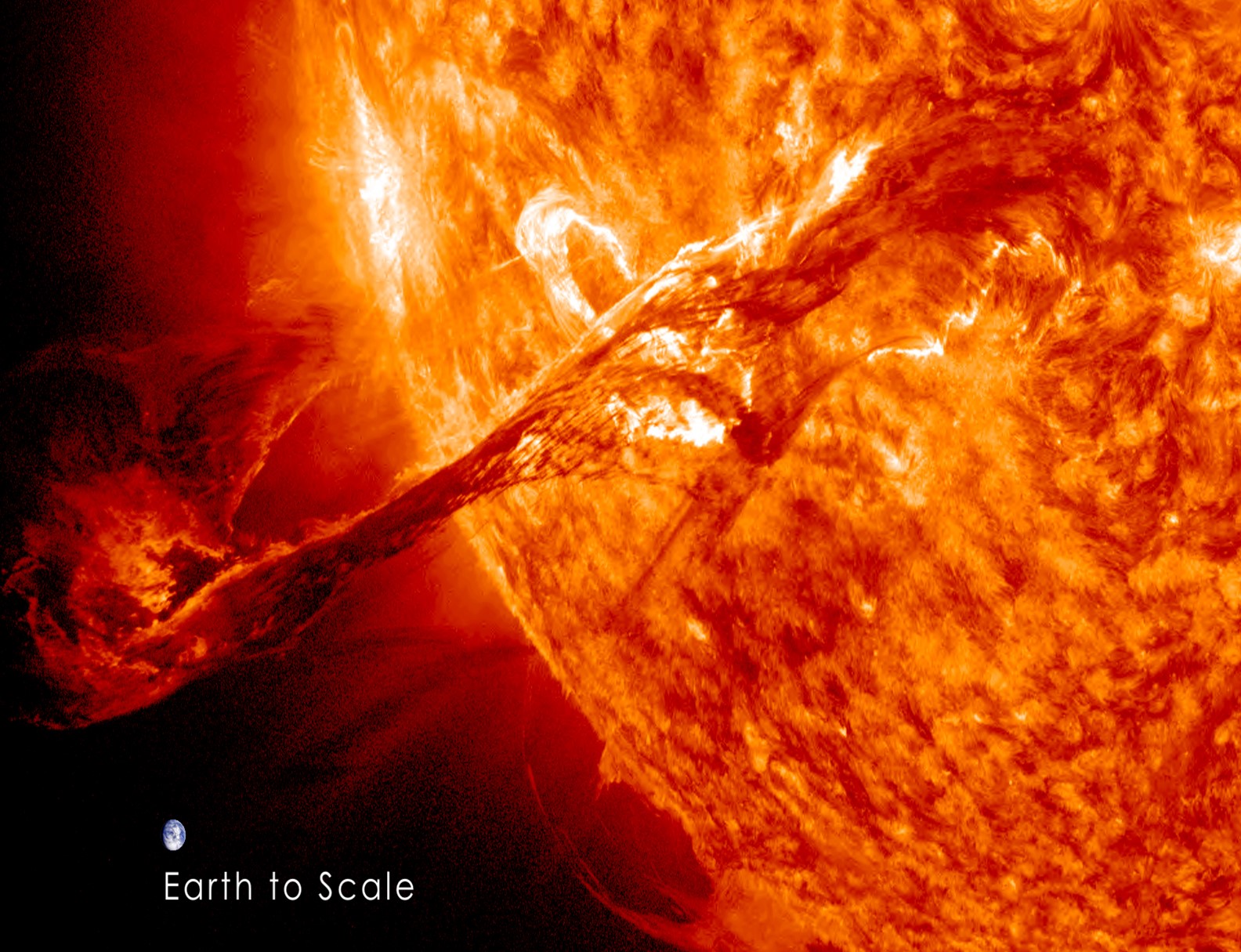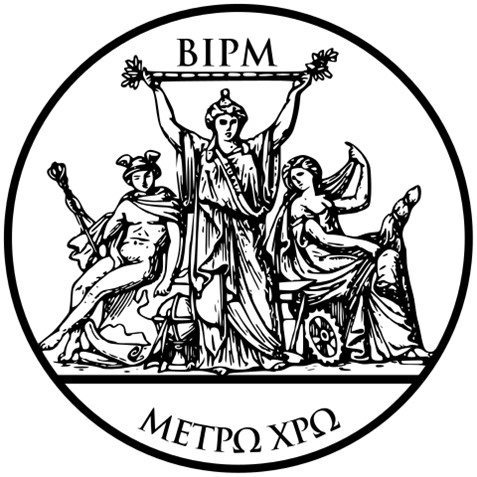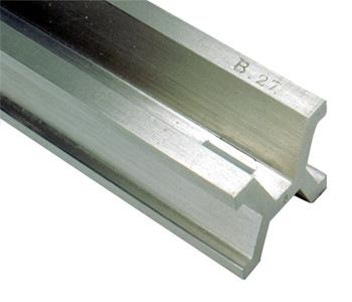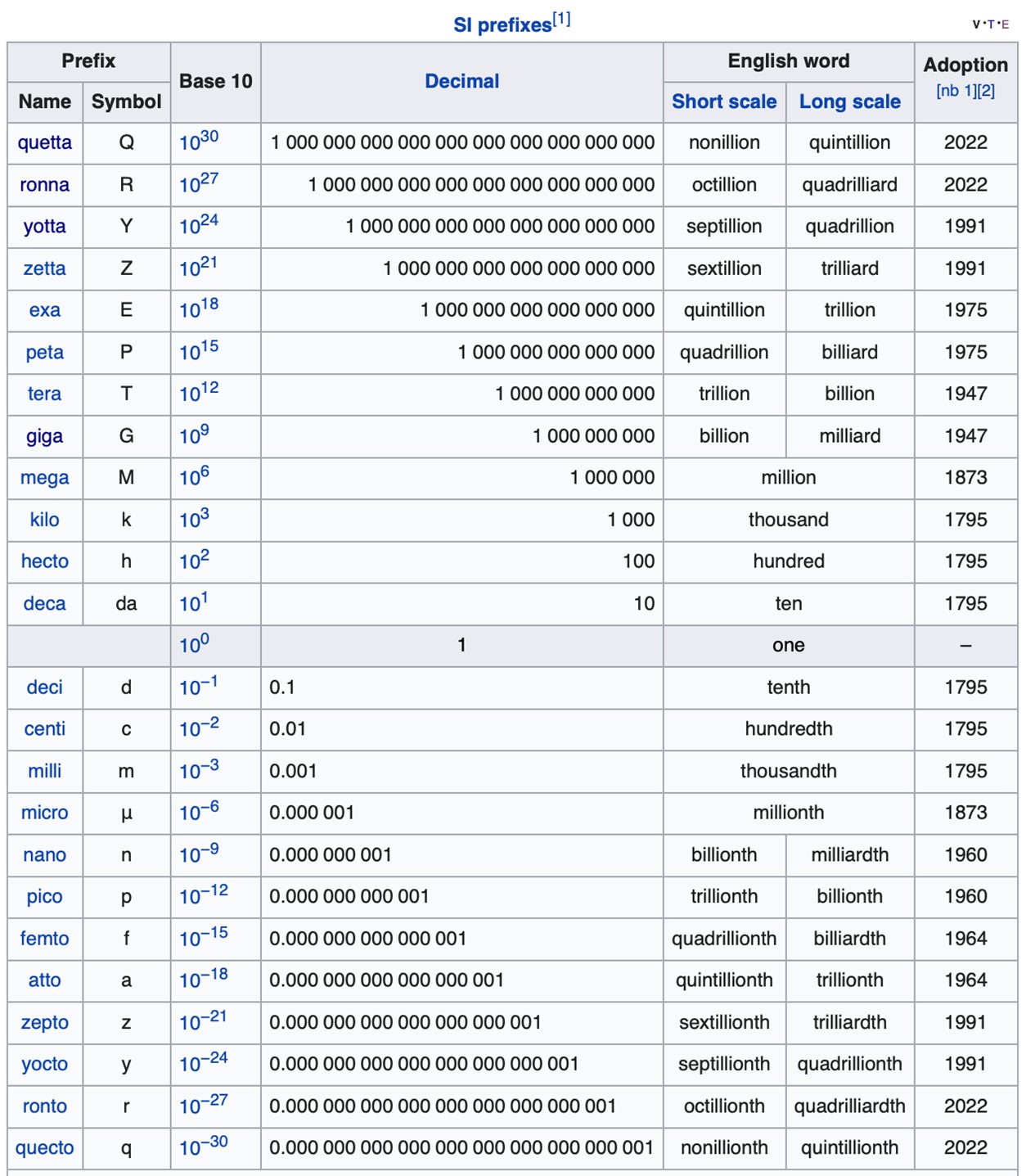
Credit: NASA Goddard Space Flight Center, via Wikimedia Commons
In the 1700’s, there was no standard of measurement.
Every village had its own unit. By some estimates, there were 250,000 different units in France alone.
This made commerce and mapmaking so difficult that the French government created a special bureau to standardize things.
And they decided to create the meter—which they defined as one ten-millionth the distance from the equator to the North Pole. The problem was they had no way to measure that.
So, they made a painstaking, seven-year-long survey of the exact distance between Dunkirk and Barcelona and used the latitudes of those two cities to calculate the distance from equator to pole—which took another year.
They divided that appropriately, then cast a platinum bar of that exact length, to create the meter standard. Thirty copies were sent around the world as the basis for the metric system.
The bureau created a system of prefixes to denote multiples and divisions of the meter. A thousand meters is a kilometer. One-thousandth of a meter is a millimeter.
Modern computers, telescopes and microscopes have required ever larger, and smaller, increments—we’re now up to quettameters, which is a thousand times the diameter of the universe!
As our scientific instruments get ever more capable, we’ll need more terms for an ever expanding, and shrinking, metric system.
Background
Synopsis: In the eighteenth century there were a mind-boggling number of ways to measure things from village to village, a problem solved by the introduction of the metric system during the French Revolution. To keep up with the scale of modern observational capabilities and computing power, metric prefixes were recently updated to include ronna- (1027), a billion billion billion, and quetta- (1030), a thousand times that. The mass of Earth can now be expressed as 5.9 ronnagrams, while the sun’s mass is 1,989 quettagrams. That’s a whole lotta yottagrams (1024)!
- Most countries in the world use the metric, or International System (SI), of measurement.
- The exceptions today include the United States, Liberia and Myanmar.
- The metric system was developed by French scientists during the French Revolution to bring order to numerous confusing measurement systems in the region.
- More than 250,000 different units of measurement are thought to have existed in France by the 1700’s.
- Units of length came from variable measurements of appendages. King Henry I’s boot length was probably the origin of today’s foot, and inches are thought to have originated from the width of an adult man’s thumb.
- Units of volumes came from variable capacities of vessels typically used for wine, beer or corn.
- Units of weight were tied to a specific number of grains of barley.
- Villages posted their official unit of length measurement publicly to decrease uncertainty and discord during trading.
- More than 250,000 different units of measurement are thought to have existed in France by the 1700’s.
- In May of 1875, the International Bureau of Weights and Measures (Bureau International des Poids et Mesures or BIPM) was created in France to address the problem.
- The French government granted the BIPM land just west of Paris in Saint-Cloud, France, in 1876 for their headquarters, still in use today.

The seal of the BIPM represents Science holding the new meter standard with its decimal division. Seated on either side of Science are Mercury, with implements of geodesy (map, globe and compass), and a figure with implements of technology (hammer, anvil and gear). The Greek motto μέτρῳ χρῶ translates to "make use of the measure" (or "make use of the metre"). The seal was trademarked in January 2000.
Credit: Ssolbergj, public domain, via Wikimedia Commons
- The French government granted the BIPM land just west of Paris in Saint-Cloud, France, in 1876 for their headquarters, still in use today.
- BIPM scientists decided to tie the most fundamental measurement—distance—to the natural world, settling on the size of Earth itself as the basis for the humble meter.
- Ten million meters would be the distance from the equator to the Earth’s North Pole along a line running through Paris. Easy, now they just needed to know that distance and divide it by ten million.
- Instead of the daunting task of measuring the full distance from the equator to the North Pole, they surveyed the north–south distance between two cities with the same longitude (Dunkirk, France and Barcelona, Spain). However, with the complications of war, it took them seven years to complete the task.
- Then, with the exact measurement in hand, the scientists used the precise latitudes of the endpoints to extrapolate the full distance from the equator to the North Pole, which took them another year.
- In the end, they created a platinum bar one ten-millionth of that distance as the standard for the meter.
- Although they realized they made some errors along the way, as of today, the meter bar is only off by 0.2 millimeters (.008 in).

Closeup of National Prototype Meter Bar No. 27, made in 1889 by the BIPM and given to the United States, which served as the standard for defining all units of length in the United States from 1893 to 1960. With concerns about the effects of temperature and age on the bars, in 1960, the SI changed the standard of length to define the meter by the wavelength of light of a spectral line of krypton-86. Today, the meter is more precisely tied to the speed of light, a universal physical constant.
Credit: NIST Virtual Museum, public domain, via Wikimedia Commons - In 1889, they made 30 identical platinum-iridium bars and distributed them globally. Number 27 was sent to the United States and was adopted in 1893.
- With a consistent unit of length defined in the meter, the relationship of the basic SI measures became very logical and straightforward:
- Metric units use a base-10 scheme (everything is divisible by 10).
- The gram was defined as the mass of one cubic centimeter of water at 4°C.
- The liter was defined as the volume of a cube of water 10 cm on a side, weighing 1,000 grams (1 kg). A cubic meter weighs 1,000 kg, or 1 million grams.
- In 2018, the BIPM redefined all SI units in terms of natural physical constants.
- Today, the meter is defined in terms of the speed of light, a universal physical constant.
- The kilogram is defined in terms of Planck’s constant, a fundamental physical constant from quantum mechanics.
- Since the 1800’s, the Metric System has used prefixes to describe orders of magnitude.
- Deca- means 10 times and deci- means one-tenth, while hecto- means 100 times and the more familiar centi- means one-hundredth.
- Getting larger, a thousand (103) grams is a kilogram, a thousand meters is a kilometer, and a thousand liters is a kiloliter.
- On the smaller side, one one-thousandth (10-3) of each gives us a milligram, millimeter and a milliliter.
- As our observational capabilities and computing power have grown, the SI system has been continuously updated by adding more prefixes that help simplify communication of both very large numbers of units as well as very small fractions of units clearly, to avoid conversion errors.
- Prefixes are agreed upon at the General Conference on Weights and Measures, which is held every four years in Paris.
- You will recognize mega- for a million (106) and micro- for a millionth (10-6), as well as giga- for a billion (109) and nano- for a billionth (10-9).
- By 1975, tera-, peta- and exa- (a billion billion at 1018) had been added to the large measures while pico-, femto- and atta- had been added on the small side.
- In 1991, zetta- and yotta- bumped named prefixes up to 1024, while zepto- and yocto- moved even tinier to 10-24.
- In 2022, the most recent humongous and miniscule updates were added. Ronna- is a billion billion billion or 1027, while quetta is a thousand times larger than that, at 1030. The matching tiny sizes are ronto- (10-27) and quecto- (10-30).

Metric prefixes indicate multiples of familiar metric units like grams, meters, liters, seconds, moles, amps, volts, candela and many derivatives of these units.
Credit: Template:SI prefixes (infobox) from Wikipedia
- So, what can you describe using these new prefixes?
- Instead of saying Earth’s mass is 5,972 yottagrams, you can say it is about 6 (5.972) ronnagrams.
- The mass of an electron is about 911 quectograms, just shy of a rontogram.
- Saturn’s mass is about 2 quettagrams, while the sun’s mass was formerly described as 1,989,000 yottagrams, now more simply as 1,989 quettagrams.
- The diameter of the universe is 880 yottameters, just shy of one ronnameter. One quettameter is one thousand times the diameter of the universe.
- However, the mass of the galaxy is 2.3x1015 quettagrams (Qg) (or maybe it could be described as 2.3 peta-quettagrams [PQg] but that is probably bending the rules). At this point, it may be easiest to just to describe it using exponential notation in grams as 2.3x1045 grams, at least for now.
- You can probably anticipate that the BIPM will continue to add prefixes through your lifetime as technologies require it; this last update is estimated to be enough for the next 20 to 25 years.
- We are also accustomed to using these prefixes to describe computer memory, but in the case of solid-state chip-based computer storage each step is 1,024 times greater than the last because of the binary character of computing.
- A bit, or binary digit, is the most basic unit of information in computing.
- A byte consists of 8 bits which is the smallest number of bits required to encode a single character of text, the smallest usable unit of computer memory.
- A kilobyte is 1,024 bytes, about a half a typewritten page. It is two to the 10th power.
- A megabyte can store about four books, about the volume of a 3.5 in floppy disk.
- A gigabyte, or 1,024 megabytes, can contain the contents of a pickup truck full of printed paper.
- A terabyte is about 1,000 copies of the Encyclopedia Britannica.
- A petabyte is 1,024 terabytes and could store the contents of about half the academic libraries in the United States.
- Each day in 2012, about an exabyte (1,024 petabytes) of data was created on the internet, enough to fill 250 million DVDs.
- In the year 2016, there was about 1.3 zettabytes of internet traffic.
- By the 2030’s, about a yottabyte (1024 bytes) of data will be generated each year—that’s so much data that an equivalent stack of DVDs would extend all the way to Mars.
- Ronnabytes and quettabytes are a “lotta” yottabytes, too, but, with future data-intensive automation (such as self-driving cars), it won’t be long before we need even more prefixes.

